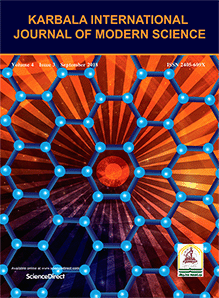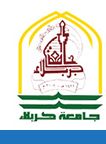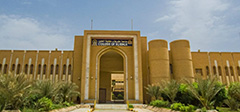Karbala International Journal of Modern Science (KIJOMS) is an official refereed publication of the University of Kerbala. KIJOMS is an open-access, interdisciplinary, and single-blind peer-reviewed journal consolidating research activities in the experimental and theoretical aspects of modern sciences. It is dedicated to the latest advancement in Physics, Chemistry, Biology, Computer Science, and their related subfields. The journal aims to make significant contributions to applied research and knowledge across the globe through the publication of original high-quality research papers and review articles in the frontier achievements across the aforementioned interdisciplinary range of topic areas.
Publisher: University of Kerbala
Publisher address: University of Kerbala, Farihah Main Campus - Chancellor Office
Karbala- Hilla Rd, Karbala 56001, Iraq
Editor in Chief:
Prof. Dr. Ahmed M. Abdul-Lettif
Department of Physics, College of Science, University of Kerbala, Iraq
Email:
See the Aims and Scope for a complete coverage of the journal.
The Scopus CiteScore 2023 of the Karbala International Journal of Modern Science is 2.5.
The Karbala International Journal of Modern Science is within the second quarter (Q2) according to the Cite Score Criterion. Also, it is within the second quarter (Q2) according to the (SJR) criterion.
The acceptance rate of the submitted articles in the Karbala International Journal of Modern Science is about 15%.
Current Issue: Volume 10, Issue 3 (2024)
Research Papers
Enhanced optoelectronics performance of hybrid self power photodetectors GO: TiO2- AD / n-Si heterojunctions
Mohammed J. AlSultani and Maysoon F. Alias
The Potential Influence of Immune Modulatory Molecules (TGF-βIII and CTLA-4) in Pathogenicity of PCOS
Mustafa Riyadh Abdullah and Hazima Mossa Alabassi
Freedom as the Physical Notion. Mechanics of a Material Point
Michael Vigdorowitsch





